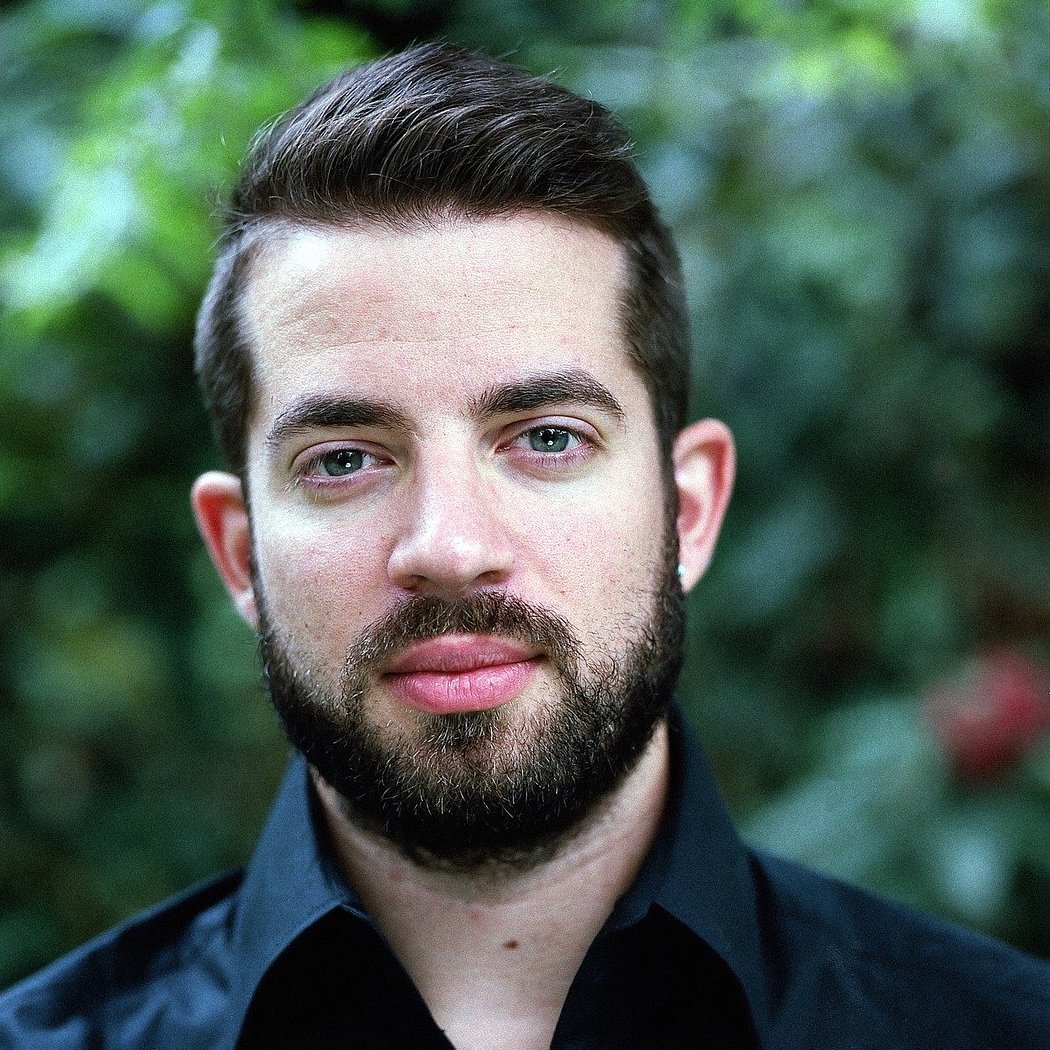The Great Conversation: Monarchy

By Matt McKeown
Monarchs are familiar to Americans from art and media, but what role have they played in the history of thought?
The American experiment is founded on rebellion against a monarchy in the name of self-rule. Yet, from media bustle about royal marriages to films about King Arthur or Cleopatra, we clearly remain spellbound by crowns. Part of this is doubtless a fascination with something perceived as exotic and romantic; but most societies have been monarchies at some point, and, insofar as American culture probably owes more to the culture of Great Britain than any other single place, monarchy is in our DNA—however we respond to it.
There are, of course, various types of monarchies. The distinction most of us are most familiar with is that between absolute monarchies, under which the sovereign has complete power to enforce, bend, or even override the law, and constitutional monarchies, under which the sovereign’s power is limited by the law, often to the point that their role is purely ceremonial. There is a gradient between these extremes; even absolute monarchs are usually constrained in practice by centuries of custom, and even the most ceremonial kings and queens usually have some power, at least on paper. A distinction we’re less familiar with is that of hereditary versus elective monarchies. We tend to assume that all thrones are inherited, parent to child, but establishing monarchs through election was once quite common: the Holy Roman Emperors were chosen via election for a thousand years (though the actual choices made by the electors settled into dynasties more than once, famously so with the House of Habsburg).
Here lieth Arthur, the once and future king.
Purported inscription on the tomb of King Arthur at Glastonbury
Whether and why to have a monarch, as opposed to some other form of government, is where philosophy and ethics come in. The theory of divine right, although popular in Europe in the Renaissance and the Enlightenment, was not all that characteristic of the Medievals. It was at least equally common for them to argue that monarchies were the most effective type of government, especially in the interest of preserving peace: political parties are divisive almost by definition, but there is only one monarch. However, they were also alive to the dangers of tyrants (and not only because they sometimes suffered them). Magna Carta is a famous rebuff of tyranny, smack in the middle of the Middle Ages in 1215, and several prominent Catholic theologians—notably St. Thomas Aquinas in the thirteenth century, and St. Robert Bellarmine in the sixteenth—stated that sovereignty is derived from the people, and that the subjects of a tyrant have the right to rebel.
Of 195 recognized countries today, 44 are monarchies of one kind or another; more than a quarter are relics of the British Empire, and retain Elizabeth II as their queen, though they are independent. Two are not properly monarchies, but diarchies, ruled by two princes simultaneously: Eswatini in southern Africa, ruled by the hereditary king and his mother; and Andorra, which is ruled by the President of France and the Bishop of Urgell in northern Spain. Vatican City, one of just two entirely elective monarchies in existence (the other being Malaysia), is the only present-day ecclesiastical civil state. The oldest monarchy today is that of the Emperors of Japan: their unbroken line is confirmed to go back at least to the sixth century, and it is traditionally claimed to have been founded in 660 BC.
Suggested reading:
Aristotle, Politics
St. Thomas Aquinas, On Kingship
Charles Montesquieu, The Spirit of Laws
C. Northcote Parkinson, The Evolution of Political Thought
___________________________________________________________________________________
If you enjoyed this post, you might like some of our other posts on “the Great Conversation,” like this one on the concept of desire. Or try one of our author profiles, like this one on Albert Einstein.
Published on 30th July, 2020.